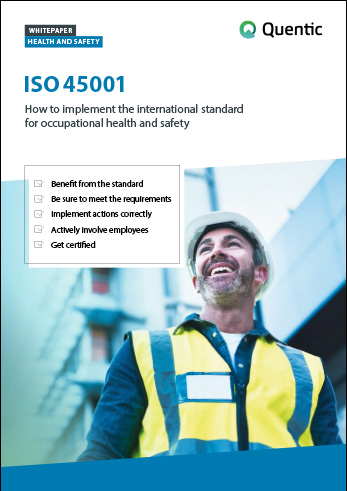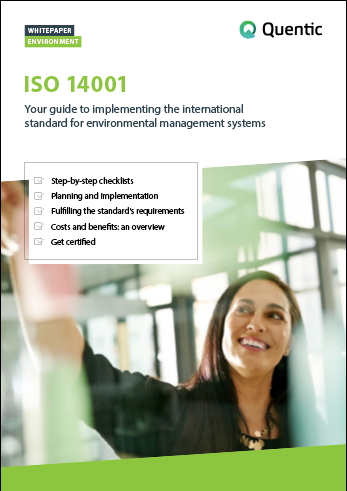7 minutes11/03/2023
Often, ISO certifications are perceived as an additional financial burden, associated with higher costs and stricter quality controls, which could strain the budget for production processes. Nonetheless, ISO certifications offer significant benefits. And make no mistake, these benefits can add significantly to company revenues and sales.
Playing a crucial role in the industry, ISO standards minimize errors in the manufacturing process. This leads to improved product quality and ongoing enhancements in manufacturing procedures. The continual refinement in both processes and product quality leads to cost reductions. Notably, the potential elimination of non-conforming components averts process disruptions.
ISO conformity in manufacturing is far from being a financial hindrance. These regulations act as catalysts for financial growth and heightened competitiveness in the manufacturing sector. The reduction in costs and enhanced operational efficiency invariably augments the revenue streams of manufacturers. The delivery of high-quality products tends to attract increased orders, resulting in elevated sales figures.






